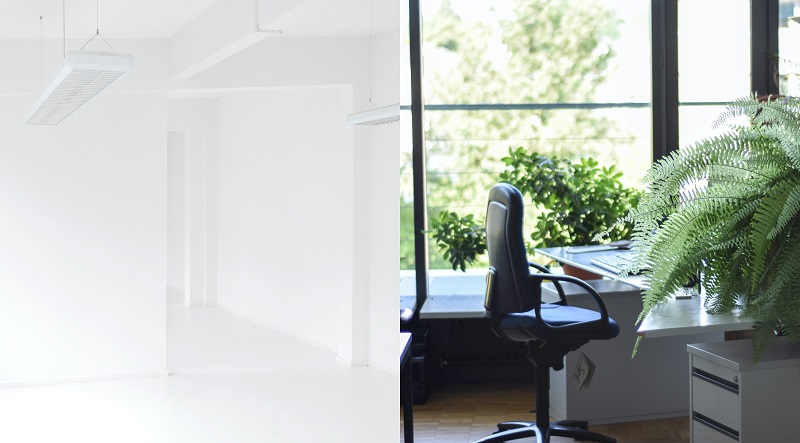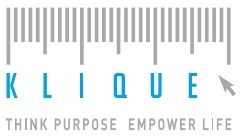
More than 50% of the world population now lives in the cities and more than 80% of the Singapore residents spend most of their time indoors. Working within an artificial environment – blue-lighting, air conditioning and plain surroundings that keep everyone alive throughout the day, has become the norm of how we work. And this creates problems – insomnia (blue-light), headache (air-conditioning) and low productivity (plain surroundings)
Stimuli and Work Performance
We rely on our senses to stimulate our brain and body. Sight, hearing, smell, touch, taste, heat-sense and the feel for gravitational force are all forms of senses. A beautiful all-white enclosed room will induce hallucination after 24 hours of putting ourselves in the room and “break us down” after 48 hours. All these adverse responses are the result of sensory deprivation. Our brains are fighting back by creating hallucination due to the severe lack of stimuli.
Most of the time, our internal environment is decided by the facility manager. The one-size-fits-all indoor setting, day after day, does not ensure the individual physiology and psychology needs are fulfilled. We need varying and oscillating stimulations instead of monotonous bland that we have no control over, to keep our mind clear, encourage creativity, nurture innovation and boost productivity.
We Deserve the Better
Those who are working in the indoor workplace are spending at least 37% (±9 hours) of their day under man-made environments. And hence, designing an aesthetically pleasing workspace that satisfies and delights our senses requires the skills and thinking process that combine both art and science.
Check out how our V-Buster Nano Composite Anti-Virus Circulation Lamp can help in improving the indoor air quality and employees’ wellbeing, especially for offices that have no window or limited access to outdoor air.
Read more: Tips for Green and Healthy Offices
